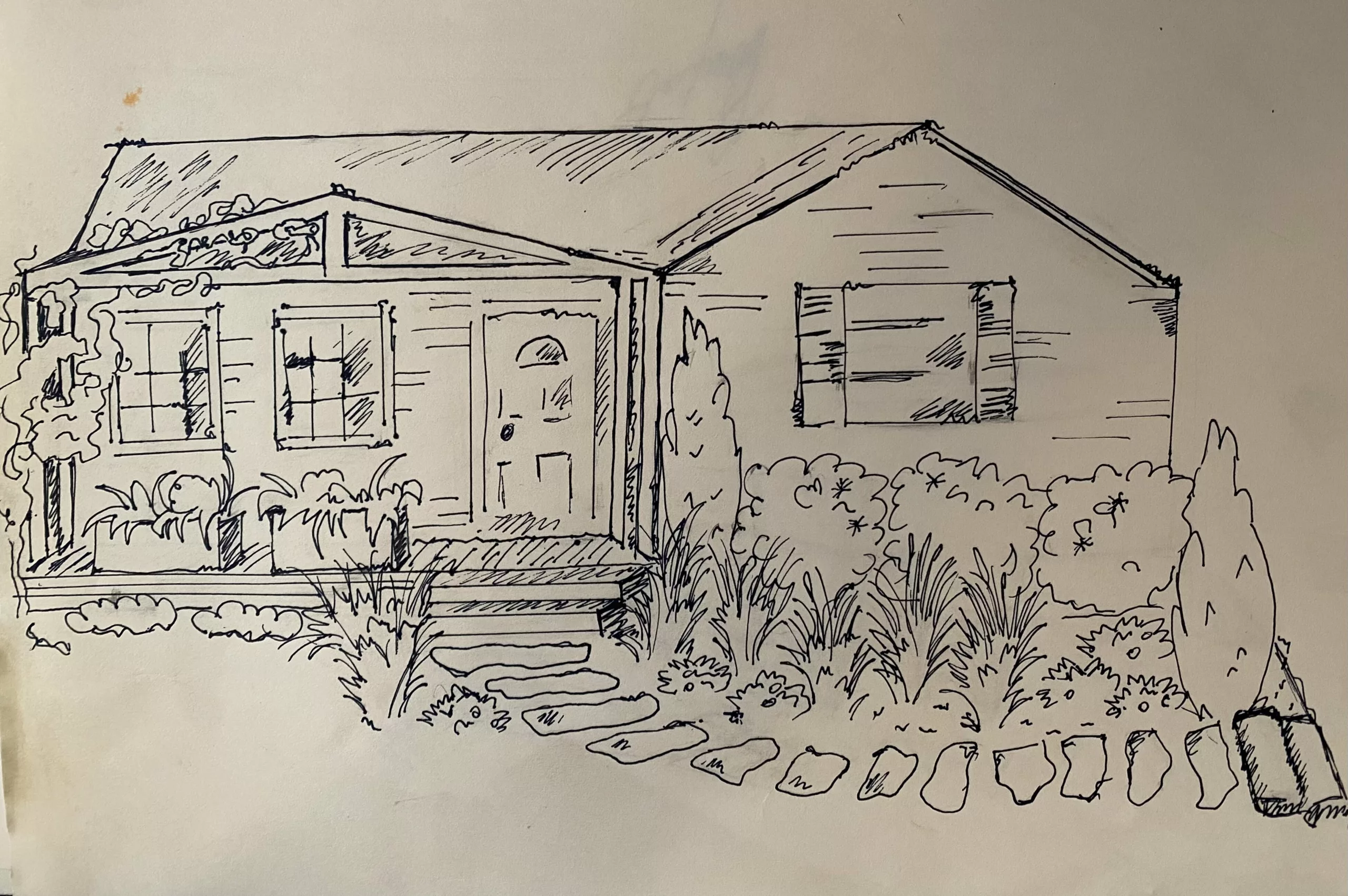Learn how you can make sustainable design choices in your landscape. Eco-friendly landscaping ideas can help reduce waste and pollution while promoting healthy ecological balance.
Keeping the health of your planet in mind, how can you build the perfect yard with visually appealing trees and shrubs? Whether revamping an old garden or transforming your backyard from scratch, you can minimize resource input and waste output by making eco-friendly choices.
You can reduce the overuse of non-renewable resources through many landscaping design ideas. These ideas will help enhance your yard’s value if you think your garden is not earth-friendly enough.
Continue reading this piece to learn about sustainable landscaping and how you can incorporate it in your backyard.
What is Green Landscaping?
Landscaping presents numerous harmful risks to the environment. First, invasive plants in gardens impact the resources they rely on, outcompeting surrounding vegetation.
Landscaping also introduces harmful chemicals into the environment, leading to nutrient pollution. These inherently harmful fertilizers can have a devastating effect on rivers, lakes, etc. Meanwhile, pesticides kill beneficial insects, destroying wildlife.
On that note, it is fair to say that landscaping replaces the naturally existing ecosystem, minimizing natural wildlife habitats. Not forgetting, your gardening equipment also contributes to localized air pollution.
Green landscaping refers to a landscaping method that focuses on designing, creating, and maintaining landscapes so they don’t harm the environment. This sustainable landscape design reduces air, soil, and water pollution to restore ecological balance. Not to mention, it helps nurture and support wildlife to make a significantly larger impact.
Here is how you can practice sustainable landscaping in your backyard.
Add Pollinator-Friendly Plants
Landscaping is primarily about plants and greenery. Choosing appropriate plant for a sustainable landscape design should be a top priority.
Adding animal-friendly plants is one of the best landscaping ideas when trying to enhance environmental friendliness. But, these plants will also add a lovely visual interest to your backyard.
If you’re a beginner, you may wonder what goes into making a garden lusher. Well, planting wildflowers and attractive perennials will do just the job. How?
Birds and insects like butterflies and bees are primary pollinators that help develop greenery. Wildflower plants and native perennials bloom with colorful and fragrant flowers that attract these pollinators. As a result, your garden will seed and fruit while supporting wildlife by providing habitat.
Not forgetting, the beautiful flowers will also give your garden a beautiful and refreshing look without much effort.
Consider Drought-Tolerant Plants
You might need to water your garden daily, especially if your region sees less precipitation. Meanwhile, container plants require watering multiple times a day, on average. As a result, gardeners often worry about their water usage.
Populating your yard with drought-tolerant plants is an excellent idea if you want to reduce water overuse. Plants naturally adapted to drought conditions require little watering. If you choose the right drought-tolerant plant according to the hardiness zones, you may only need to water your plants a couple of times every month.
Hardy plants significantly reduce water usage, restoring ecological balance and causing a dramatic increase in your utility bills. Sage, Blanket Flower, Lavender, and Agave are great plant options that only need minimal watering.
Find Native Plants for Your Region
Experts recommend gardeners use native plants in their gardens for increased sustainability.
Native plants are endemic to a particular region, occurring naturally and existing long before human intervention. These plants evolve and adapt to the area’s climatic conditions and local environment. On the other hand, non-native plants do not occur naturally in a region; instead, they are transported by humans.
As such, native plants have several benefits for gardeners and the planet. First, these plants do not require extensive maintenance for healthy growth. As they grow in their natural habitat, native plants can thrive without pesticides and fertilizers.
While the reduced use helps you save money, no pesticides and fertilizers equal no chemical harm to the environment. Native plants provide a healthy natural habitat for local wildlife, supporting insects, birds, and animals relying on them for food and shelter.
These plants are non-invasive, so they do not outstand surrounding vegetation, whereas the deeper roots help minimize erosion and runoff.
Bottom Line
Sustainable landscaping begins with making suitable plant choices. The right plants can increase your garden’s eco-friendliness by supporting wildlife, decreasing chemical usage, and reducing water usage.
Native plants are ideal because they can thrive without much maintenance, fertilizers, and pesticides. Pollinator-friendly plants provide pollinators with habitat, encouraging pollination, whereas drought-tolerant plants require little water to survive.







